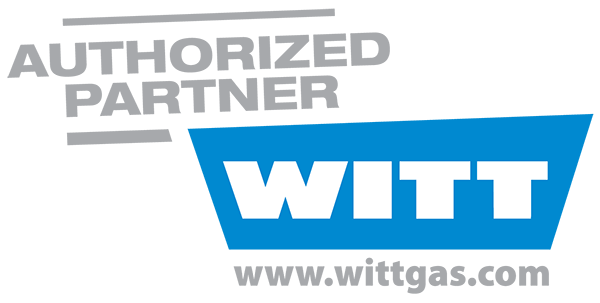- Home
- ProductsGas MixersGas AnalyserPackage Leak DetectorsPressure Regulating StationsGas Safety Equipment
- About Us
- Contact Us
- Job
Using gas pressure for beer dispense is not a new idea. using only carbon dioxide has one major disadvantage. If the beer has to be pushed a long way or lifted from a deep cellar, then the gas pressure needed to produce the required flow at the dispense tap is often much greater than that required just to maintain carbonation (equilibrium pressure). The result being over-carbonation of the beer and inevitable wastage as the beer ‘fobs’ as it dispensed in the bar.
A very simple and efficient way of overcoming this problem is to use mixed nitrogen and carbon dioxide. In fact, if the beer concerned is a nitrogenised ale or stout, then the addition of a nitrogen component to the dispense gas is essential in order to maintain the desired level of nitrogen dissolved in the product.
If a mixture of say 50% nitrogen and 50% carbon dioxide is used at say an absolute pressure of 2,8 bar (40 psi) then half this pressure 1,4 bar (20 psi) is provided by the carbon dioxide and half by the nitrogen. Thus, by varying the mixture and therefore the partial pressures of its’ components, levels of both carbonation and nitrogenisation can be easily maintained to suit the product no matter what pressure is required for efficient dispense.
One way of doing this is to use cylinders of pre-mixed gases. This however can be expensive and starts to become complicated and cumbersome if each draught product requires a different mixture. These problems can be overcome by using just one cylinder of carbon dioxide and one of nitrogen (or indeed any other source of nitrogen such as an separator) and a WITT KM 20 gas mixer designed specifically for this purpose. This way, any number of tailor-made gas mixes can be produced to exactly suit the products and physical layout of the bar and cellar or cold room.

ViVANGAS, is a trusted brand offering top-notch technical and engineering solutions since 2011. Our experienced team exceeds client expectations in designing and maintaining gas facilities.
ViVAN UG Florianstr. 15-21 44139 Dortmund Germany
ViVANGAS SDN BHD Level 16, The Pavilion Tower, Jalan Raja Chulan, 50200, Kuala Lumpur, Malaysia
Regus Nassima Tower, 4th&5th Floor Sheikh Zayed Road, Trade Centre District Dubai, UAE 124303

